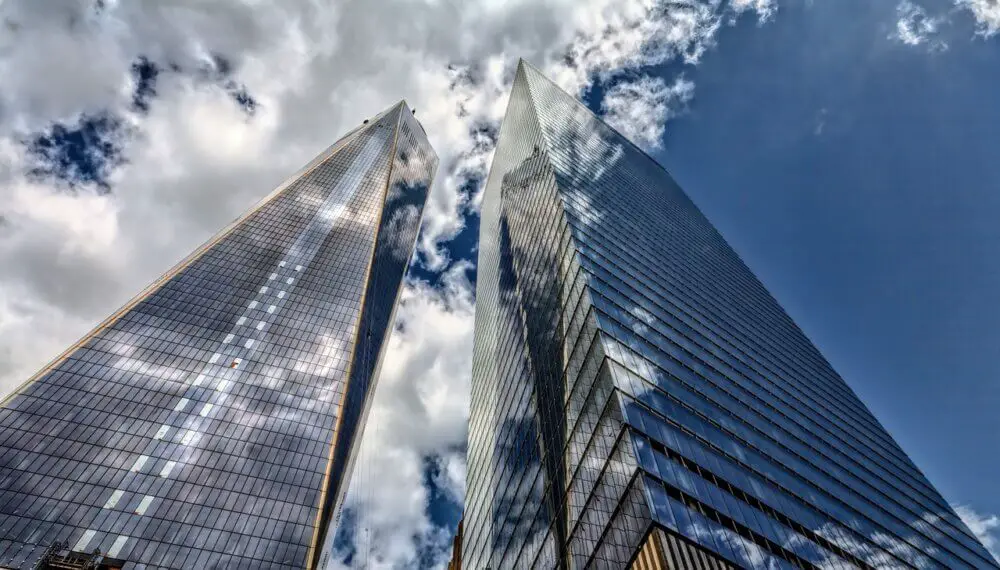As an increasingly common hallmark of the modern world’s sprawling metropolises, skyscrapers are built to impress. Often soaring hundreds of metres high, they have come to define a mixture of grandiosity and modernity that reveals much about the city they are located in.
The material that is most symbolically linked with these structures is glass. From the Gherkin in London, to the World Trade Center in New York, to the Burj Khalifa in the UAE, glass is employed to project the skyscraper as a high-tech, high-status building.
But using glass in skyscrapers isn’t just about making symbolic or visual statements – it’s just as much about making the best practical use of space and dimensions.
So, in this guide for architects and casual observers alike, we’re answering the question: why do skyscrapers use glass?
In short, skyscrapers use glass because of a mixture of aesthetic, practical and environmental reasons. In particular, these reasons include glass being naturally energy efficient, the material abundance of glass, and the sleek, modern look a glass-fronted skyscraper provides. However, there are many other reasons why architects may favour glass for a skyscraper’s glazing and cladding.
Read on to find out which types of glass are used in skyscrapers and how glass is used differently in skyscrapers compared to other buildings.
But first, let’s further explore the top reasons why skyscrapers predominantly use glass instead of other building materials.
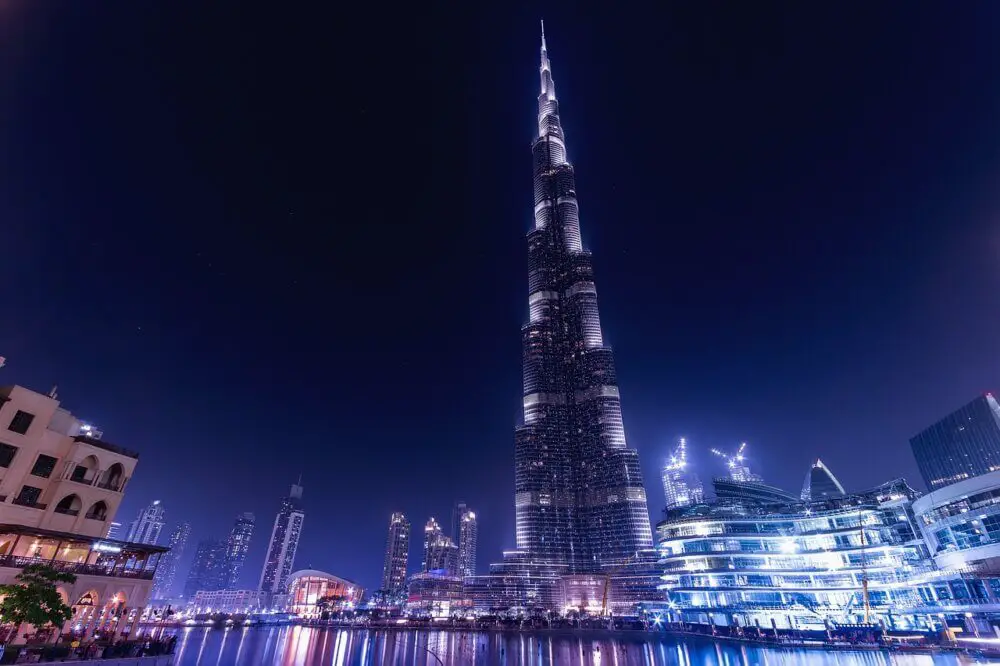
Properties of Glass
The first reason why skyscrapers use glass is because of its inherent properties. Glass, which is made by applying extreme heat to sand or quartz, has a number of physical traits that make it ideal for use in tall buildings.
One of these traits is its strength – glass is by nature highly durable, and it can endure intense pressure from external forces, such as wind or extreme temperatures. It goes without saying that this is a prerequisite for any material that is going to protect a building’s envelope.
Allied to this, glass is also transparent, which makes it able to absorb and let in natural light, making the interior of a skyscraper brighter. This can help reduce a building’s reliance on electric lighting, as well as generally improving the atmosphere of the interior.
The thermal properties of glass also make them suitable for use in skyscrapers. Firstly, glass is a great electrical insulator, and when coated with special substances, it can be very effective in keeping heat in a building.
Likewise, it also has a low degree of potential for thermal expansion. This means that it takes a lot to make glass expand under high levels of heat, and, as a result, it is not likely to crack or deform in such conditions.
Lastly, glass is highly malleable in the right conditions. In other words, it can be bent, shaped and twisted to form whatever shape is necessary. Naturally, this allows building planners to plan structures in ways that more traditional materials, such as clay or shale, may not allow.
Material Abundance
Perhaps the simplest reason why skyscrapers use glass frequently as part of their design is because of the material’s relative abundance. Put simply, you can make glass easily, affordably, and there is a lot of it!
Because of the way glass is made, it can be easily manufactured at scale. And, due to its high levels of flexibility, it can be stretched or shaped into wider or longer shapes as required, meaning a small amount of glass can go a long way. For example, in skyscrapers, long, continuous sheets of glass are manufactured to create curtain walls and floor-to-ceiling windows.
What’s more, glass is recyclable, meaning that it is likely to be more easily accessible to be used in building projects than plastic film or polystyrene.
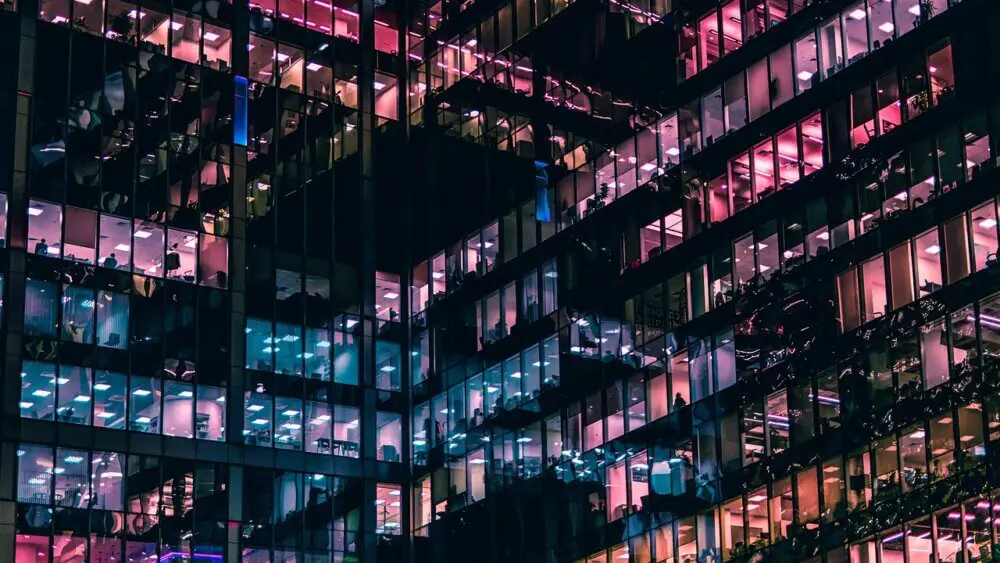
Improvements in Cladding Technology
Improvements in cladding and glazing technology over recent decades have also ensured that glass is an increasingly favourable choice for building planners to use in skyscrapers. These progressions have made glass more energy efficient, durable and more versatile than ever.
Some of this technology includes low e-coatings, which can be added to the glass to improve its ability to insulate a building. Likewise, technology has created highly durable glass, ensuring it is resistant to external factors like high wind loads.
Meanwhile, advancements in cladding and glazing technology have also meant that there are more aesthetic options for glass than ever. Glass can be made in a variety of colours, textures and patterns, meaning architects have a wide-ranging pallet from which to design the exterior of a building. This is a natural advantage over other materials such as wood or clay.
Safety is another aspect to improvements in cladding and glazing technology. In modern skyscrapers, there are innovative methods that architects use to prevent glass from shattering or cracking, and this means it is a safe option for them to consider.
Inhabitants of a skyscraper may be kept safer in another way too, as cladding can now be bolstered with UV protection, meaning those inside a skyscraper avoid any damaging side effects.
Aesthetics
It’s hard to deny that a part of what makes skyscrapers so alluring for building planners and the general public alike is their aesthetic look. With the help of glass glazing and cladding, the sleek, polished look of a skyscraper helps to accentuate its soaring design.
Put simply, the innovative employment of glass has helped boost the profile of skyscrapers as modern landmarks, and it’s for this reason that glass has become synonymous with them. So, when considering which building material to glaze and clad their skyscraper with, architects usually have one clear option in mind.
And, from a marketability standpoint, it’s potentially because of skyscrapers’ luxurious perception that stunning views are expected to be found from tenants who end up inhabiting the buildings. With this in mind, glass is by far the best material – not only is it transparent, but it is also largely dustproof.
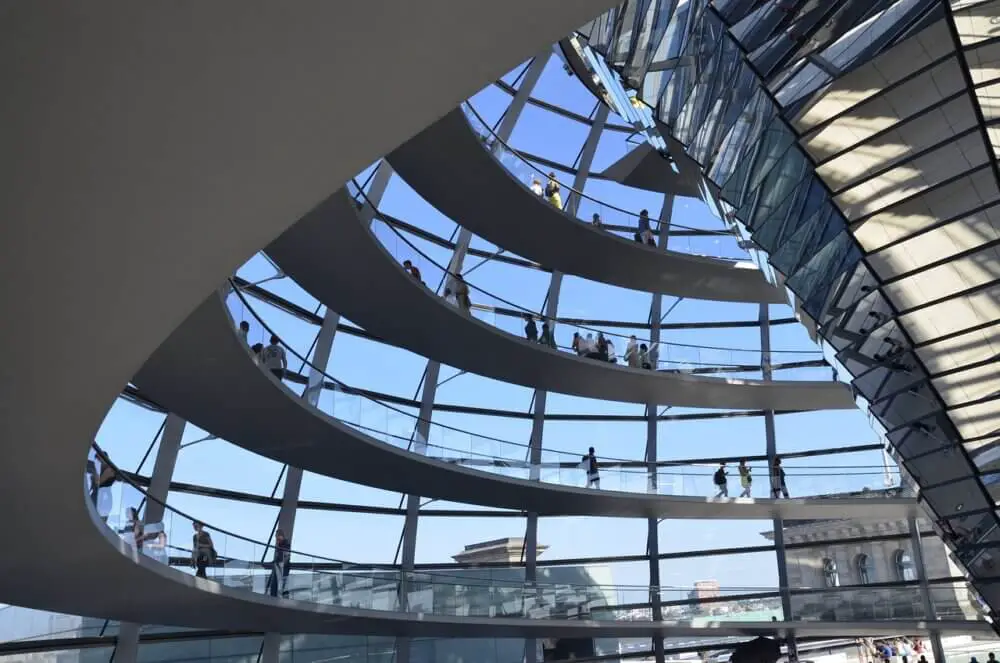
Sustainability
With the pressing need for lower carbon emissions being felt more than ever, the construction industry has had to adopt sustainable and energy-efficient building methods. With projects as supersized as skyscraper construction, sustainability is especially important.
It’s for this reason that glass is a good material for architects to use in skyscrapers. For, the material is naturally energy-efficient – it not only keeps insulates a skyscraper effectively, but it allows lots of natural light to pass through it. This means that heating costs and energy consumption is relatively minimal compared to other materials.
In fact, glass doesn’t just keep consumption low when the building is fully constructed. Due to it having a low embodied energy compared with other construction materials, it is also relatively low-consumption to produce.
Combine this with the fact, as previously mentioned, glass is highly durable and not likely to need continual maintenance or repairs, and it makes for a low-impact life cycle assessment. This is a crucial consideration for building planners when deciding which materials to use in a skyscraper.
The recyclability of glass is also a factor. This means there is less waste that goes along with the construction process, with the same to be said if the building ever gets demolished in the future.
Which types of glass are used on a skyscraper?
There are a number of different types of glass that are used on a skyscraper. Which type is used depends on where the glass will be situated and what its purpose is.
Some of the most used types of glass found if skyscrapers include:
- Tempered glass: this highly durable glass is made by cooling the material quickly after applying intense heat. It is typically more resistant to damage than other types of glass.
- Low-e coated glass: this specially coated type of glass is ideal for keeping energy costs low. It reflects infrared light, meaning it keeps heat out in the summer and vice versa in the winter.
- Tinted glass: just as with vehicles or sunglasses, skyscrapers employ tinted glass to keep UV rays out and to monitor sunlight levels.
- Laminated glass: with this type of glass, a thin layer of plastic is placed in between two separate layers of glass. This makes it more durable and increases its resistance to damage.
- Self-cleaning glass: as the name suggests, self-cleaning glass does the job of preventing dust and dirt build up on its own, with the help of a special coating. This means it needs less maintenance and man hours to keep it in good condition.
Other types of glass that may be used in skyscrapers include blast-resistant glass and fire-resistant glass.
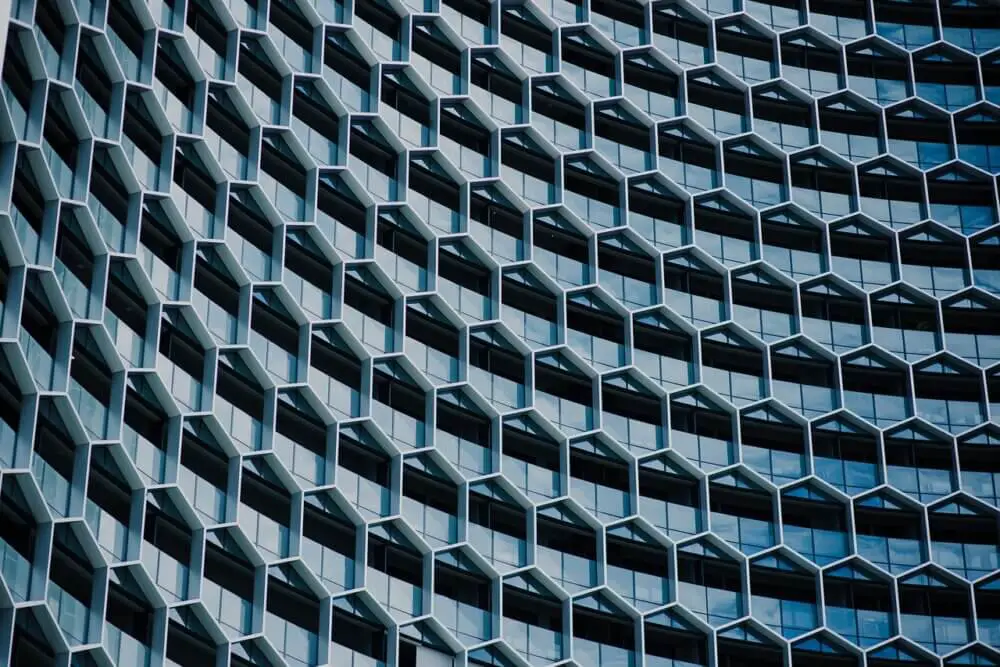
How is glass used in skyscrapers different from traditional buildings?
The way that glass is used in skyscrapers is different from the way it is used in traditional buildings. Part of the reason for this is simply the quantity of glass required in skyscrapers, which is far greater than in a more traditional building – this is unsurprising, given that it often covers the entirety of a skyscraper’s exterior.
Indeed, the size of the glass panes used in skyscrapers are also bigger than typical in a more traditional building. Using such sizeable panes ensures that the views from all floors of a skyscraper will not be interrupted.
Meanwhile, glass is also usually thicker and stronger than the glass that glazes many other buildings. This is because the glass in skyscrapers needs to withstand huge amounts of pressure from the surrounding environment, like wind and vibration. Due to this, it also has a greater number of safety requirements, and is tested rigorously as a result.
We hope you’ve enjoyed reading our guide to why skyscrapers use glass. As some of the most easily recognisable and architecturally innovative structures of our time, it’s always interesting to learn what makes them tick.
For more related news, views and in-depth guides, take a look at our range of articles based around skyscrapers and tall buildings. They feature a guide to how architects stop tall buildings from falling over.
Or, if you’d like more definitions on building and architecture vocabulary, take a look at our selection of building wikis, including what entails.
Last Updated on 10 March 2023 by Michael
